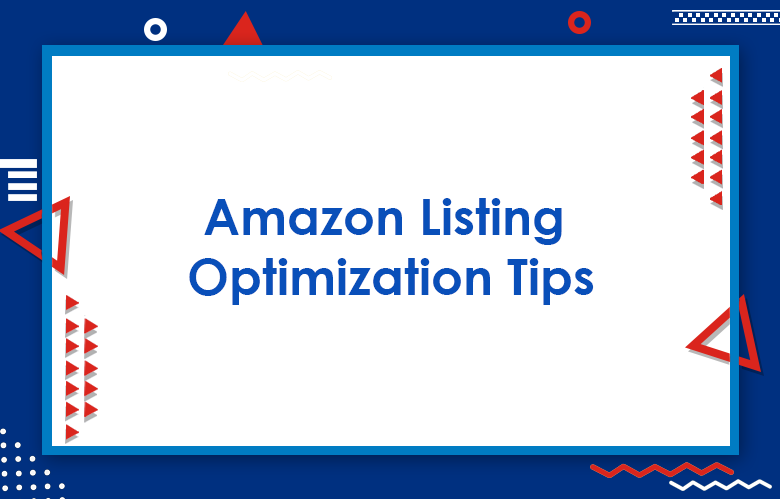CTV and Programmatic for Political Campaigns: How CTV and Programmatic to Be Major in Political Advertising

CTV and Programmatic for Political Campaigns: Political campaigns are no longer merely about sloganeering and making the usual pitches to mainly faithful voters but about connecting in meaningful ways with entire demographics across sections of the electorate. The units comprise various racial, ethnic, linguistic, and religious groups.
Therefore, engaging with this highly differentiated electorate is particularly challenging for political parties and their candidates.
Even if we disregard other factors and consider an age-wise grouping of the electorate, there are six groups – Generation Z, Millennials, Generation X, Baby Boomers, Silent Generation, and Greatest Generation, with Generation Z aged 5-20 years to Greatest Generation old 93-105 years.
In the circumstances, how do political parties and their candidates engage this highly differentiated electorate to pitch their message across the divides of race, gender, color, ethnicity, and, most importantly, political affiliations/inclinations?
The New Frontier: Leveraging CTV and Programmatic for Political Success
“The New Frontier: Leveraging CTV and Programmatic for Political Success” delves into the transformative impact of Connected TV (CTV) and programmatic advertising on political campaigning, marking a significant shift in how political messages are delivered and received in the digital era. As the media consumption landscape continues to evolve, with an increasing number of viewers turning to streaming services and digital platforms, CTV and programmatic advertising emerge as powerful tools in the political strategist’s arsenal, offering unparalleled precision and efficiency in targeting potential voters.
This exploration begins by unpacking the fundamentals of CTV and programmatic advertising, illustrating how these technologies enable political campaigns to reach specific segments of the electorate with personalized messages, at the right time and in the right context. The seamless integration of data-driven insights with CTV’s wide reach allows for the crafting of highly targeted advertising campaigns that resonate on a personal level, enhancing voter engagement and campaign efficacy.
We delve into the strategic advantages of these digital tools, including the ability to track and measure campaign performance in real-time, adjust strategies on the fly, and optimize ad spending for maximum impact. The narrative also addresses the challenges and considerations involved in navigating the complex ecosystem of CTV and programmatic advertising, from data privacy concerns to the importance of creative quality and message consistency.
CTV and Programmatic Tactics for Political Campaigns: A Game-Changer
“CTV and Programmatic Tactics for Political Campaigns: A Game-Changer” explores the seismic shift in political campaign strategies brought about by the integration of Connected TV (CTV) and programmatic advertising. This groundbreaking approach is redefining the landscape of political communication, offering a level of precision and engagement previously unattainable through traditional media channels. As the digital age ushers in new modes of content consumption, political campaigns are increasingly turning to these innovative platforms to connect with voters in a more personalized and impactful manner.
The introduction to this paradigm begins with an overview of CTV and programmatic advertising, shedding light on their capabilities to deliver targeted messages directly to the screens of potential voters. This technology not only allows for the segmentation of audiences based on a myriad of factors such as demographics, interests, and viewing habits but also ensures that political messages are more relevant, timely, and engaging.
Election Evolution: The Influence of CTV and Programmatic in Politics
“Election Evolution: The Influence of CTV and Programmatic in Politics” delves into the transformative impact that Connected TV (CTV) and programmatic advertising have had on the political landscape, marking a new era in how electoral campaigns engage with voters. As the digital revolution reshapes media consumption habits, political strategies are evolving to leverage these advanced platforms, offering unprecedented opportunities to tailor messages, target specific demographics, and measure campaign effectiveness with remarkable precision.
This narrative begins by demystifying CTV and programmatic advertising, illustrating their role in the modern media ecosystem and their growing significance in political campaign strategies. CTV extends the reach of traditional television by bringing digital streaming into the mix, while programmatic advertising automates the buying and placing of ads, allowing for real-time adjustments based on data-driven insights.
We explore the multifaceted advantages these technologies offer to political campaigns, from the ability to segment audiences and personalize messages to the capacity for tracking engagement and optimizing ad spend in real-time. The discussion highlights how CTV and programmatic advertising not only enhance the efficiency and effectiveness of campaign messages but also open up new avenues for engaging with voters in a more direct and meaningful way.
CTV and Programmatic for Political Campaigns:
The Power of Video
Politically savvy candidates know nothing is as practical when influencing the electorate to win votes as video.
Video packs the power to draw voters to the polling booths. Video delivers the message across all formats- short-form, long-form, and mid-size clips.
The messages can also be crafted and calibrated to viewer preferences across the spectrum of voter diversity.
But broadcast TV can best offer a ‘one size fits all’ approach, which falls woefully short on targeted messaging, which is the key to pulling voters to the polling booths.
Enter-Connected TV is the surefire way to deliver targeted messages on various devices, including PCs, desktops, and mobile devices.
Candidates that devise their strategy around video across all screens will be better able to win the minds and hearts of the voters, which should be obvious.
Also, viewers will view the message even as they are watching their preferred content, which will strike a positive chord with them to make critical decisions in favor of the candidate.
OTT or CTV
- Media analysts now report a distinct trend among connected TV (CTV) or Over-the-Top (OTT), with more and more households pulling the cord on traditional cable TV.
- They add that CTV allows them to watch their content when they want to, thus allowing them to have flexibility in their viewing.
- Connected TV thus puts the user squarely in control of online engagement with internet-connected TV streaming content.
- Candidates must keep this in mind while planning content to engage the audience.
- Though media consumption has been rising, the viewership of traditional TV is falling. More and more advertising agencies are now turning to CTV, and for a good reason- advertising on CTV delivers results for clients.
- With Connected TV, advertising agencies can ensure that their clients’ ads are only shown to the target audience.
- Political candidates can now leverage this targeting ability of CTV. They can base their ads on the device, age, gender, income, etc., to fine-tune their message across various voter groups.
- Their ad strategy will thus help them get the biggest bang for their advertising buck. They can tap into the potential of an engaged and growing audience, which would not be possible by buying advertising slots on traditional TV.
- CTV has thus opened opportunities for enhanced engagement audiences for all advertisers, including candidates for political office.
Programmatic TV
The process of ad delivery is driven by Programmatic TV technology. It helps automate ad delivery. This data-driven process of buying and delivering ads on the internet lets advertisers show different ads to different audiences of the same content. A video streamed by multiple viewers simultaneously does not have the same ads for all viewers.
Video ads created are delivered to the target audience. Advertisers buy ad space and ea; each user’s profile matches the advertiser’s parameters, and the specific matching ad is displayed. The connected TV technology offers critical viewer metrics for analyzing the ad performance, including:
- How many times were users shown the ad?
- How many times was the ad viewed
- Ad completion rate
Thus, political candidates can leverage CTV and Programmatic TV technology to fully engage with their audiences across the electoral spectrum.
Connected TV has been shown to have a higher ad viewership than traditional TV and greater viewer engagement of the ad. Viewers are also more likely to watch the ad through to the end.
Customized targeting:
With connected TV, advertisers can deliver personalized ads to their audience. Users log in to different platforms using their credentials, including location, device details, online behavior, etc. Advertisers can use this information to gain insights about the user and display ads based on user interest.
Higher ad viewership:
Advertising campaigns devised around bombarding users with ads often prove counterproductive as users tend to block the ads with ad blockers. Connected TV advertising does not have a similar effect on users, thanks to the comparatively lower frequency of ads. People also tend to view the ad to completion due to personalization, which results in higher completion rates.
Interactive ads:
Connected TV supports HD-quality, high-resolution interactive ads, which boost user engagement. The ads also include animation and call-to-action features, improving engagement with the audience.
Conclusion
Though current trends show a definite trend among users towards connected TV, analysts are divided on whether CTV will overtake traditional free-to-air TV.
Both technologies will probably co-exist because there is room for both. While traditional TV is watched mainly in our homes’ comfort with the family, CTV is watched on devices primarily by individuals.
Therefore, the two technologies will complement each other and coexist to enrich our lives in different ways. Political parties and candidates must adapt to the new CTV technology and fully exploit its potential in the political arena to their advantage.
As it stands today, CTV looks poised to play an increasingly significant role in the political campaigns of aspirants for political office and their parties. However, whether CTV lives up to its promise or hits a roadblock along the way remains to be seen.
Click here for



